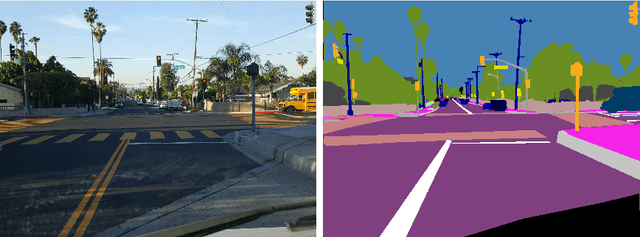Ujjwal Maulik
Jadavpur University
A Survey on Multi-Objective based Parameter Optimization for Deep Learning
May 17, 2023Abstract:Deep learning models form one of the most powerful machine learning models for the extraction of important features. Most of the designs of deep neural models, i.e., the initialization of parameters, are still manually tuned. Hence, obtaining a model with high performance is exceedingly time-consuming and occasionally impossible. Optimizing the parameters of the deep networks, therefore, requires improved optimization algorithms with high convergence rates. The single objective-based optimization methods generally used are mostly time-consuming and do not guarantee optimum performance in all cases. Mathematical optimization problems containing multiple objective functions that must be optimized simultaneously fall under the category of multi-objective optimization sometimes referred to as Pareto optimization. Multi-objective optimization problems form one of the alternatives yet useful options for parameter optimization. However, this domain is a bit less explored. In this survey, we focus on exploring the effectiveness of multi-objective optimization strategies for parameter optimization in conjunction with deep neural networks. The case studies used in this study focus on how the two methods are combined to provide valuable insights into the generation of predictions and analysis in multiple applications.
Multipath Graph Convolutional Neural Networks
May 04, 2021


Abstract:Graph convolution networks have recently garnered a lot of attention for representation learning on non-Euclidean feature spaces. Recent research has focused on stacking multiple layers like in convolutional neural networks for the increased expressive power of graph convolution networks. However, simply stacking multiple graph convolution layers lead to issues like vanishing gradient, over-fitting and over-smoothing. Such problems are much less when using shallower networks, even though the shallow networks have lower expressive power. In this work, we propose a novel Multipath Graph convolutional neural network that aggregates the output of multiple different shallow networks. We train and test our model on various benchmarks datasets for the task of node property prediction. Results show that the proposed method not only attains increased test accuracy but also requires fewer training epochs to converge. The full implementation is available at https://github.com/rangan2510/MultiPathGCN
Understanding Deep Learning Techniques for Image Segmentation
Jul 13, 2019



Abstract:The machine learning community has been overwhelmed by a plethora of deep learning based approaches. Many challenging computer vision tasks such as detection, localization, recognition and segmentation of objects in unconstrained environment are being efficiently addressed by various types of deep neural networks like convolutional neural networks, recurrent networks, adversarial networks, autoencoders and so on. While there have been plenty of analytical studies regarding the object detection or recognition domain, many new deep learning techniques have surfaced with respect to image segmentation techniques. This paper approaches these various deep learning techniques of image segmentation from an analytical perspective. The main goal of this work is to provide an intuitive understanding of the major techniques that has made significant contribution to the image segmentation domain. Starting from some of the traditional image segmentation approaches, the paper progresses describing the effect deep learning had on the image segmentation domain. Thereafter, most of the major segmentation algorithms have been logically categorized with paragraphs dedicated to their unique contribution. With an ample amount of intuitive explanations, the reader is expected to have an improved ability to visualize the internal dynamics of these processes.
 Add to Chrome
Add to Chrome Add to Firefox
Add to Firefox Add to Edge
Add to Edge